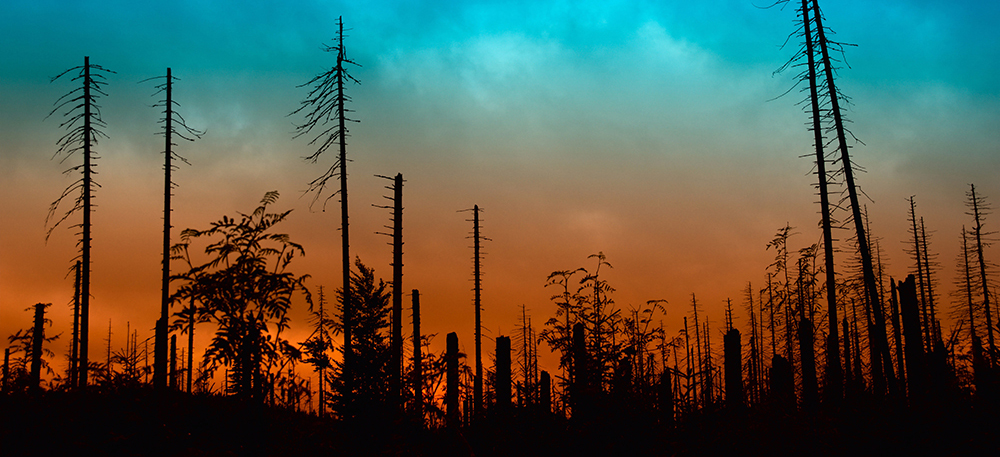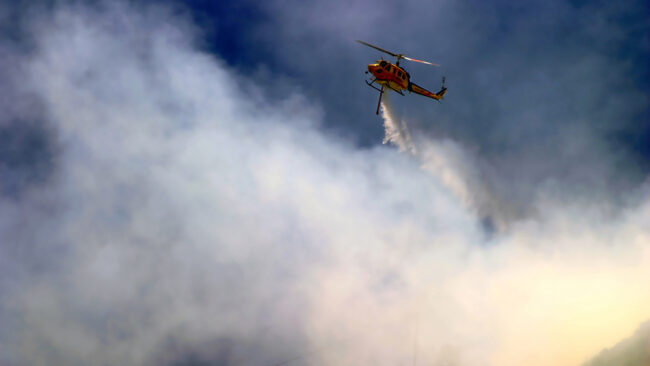Grouse Above the Smoke
Wildfires are less familiar than the Grouse
By Noah Davis
Far below me the Blackfoot flows through the canyon toward Missoula. Smoke drifts above the riffles, and I can’t see the river through the ash of trees that burned days ago—a ghost quilt stitched with fir, spruce, and pine. The fumes ride the wind east from fires in California, Oregon, and Washington. They settle here in this Montana river valley until another storm blows in and sends the thick haze out across the prairie, the Great Lakes, the Appalachians, and then finally the Atlantic.
I’ve climbed into the timber along the spine of the mountain above the smoke, the cool night air pushing it into the basin. With no dog to trail a bird’s scent, I arrive at first light when the grouse are feeding and picking gizzard grit before heading to the trees to roost their September day away. This kind of hunting means finding birds on the ground by walking miles at a shuffled pace, trying to spot foliage-perfect feathers before the glossy berries of their eyes spot me.
The logging roads I walk—rutted reminders of the last century of timbering—rim the bellies of the ridges, and I watch as rays of light bank off the smoke in the valley: morning refracting back on the slopes the sun just crested.
As a native Pennsylvanian, grouse and wildfire smoke are both unfamiliar to me. The wildfires are less familiar than the grouse. The ruffed grouse is Pennsylvania’s state bird, and 20 years ago it was common to flush two or more in an afternoon while fishing a brook trout stream.



